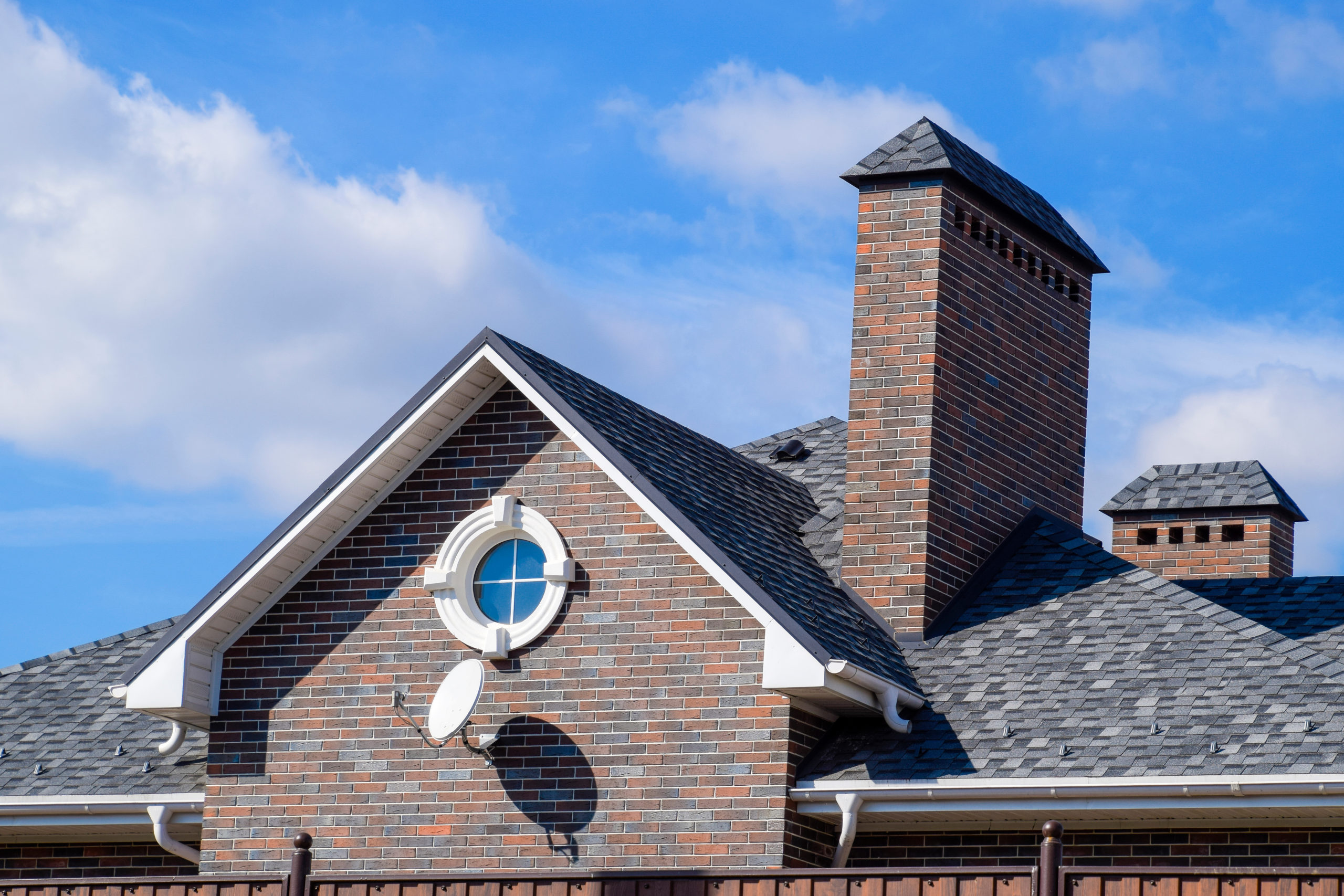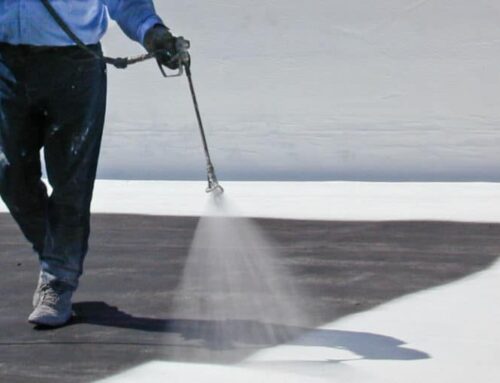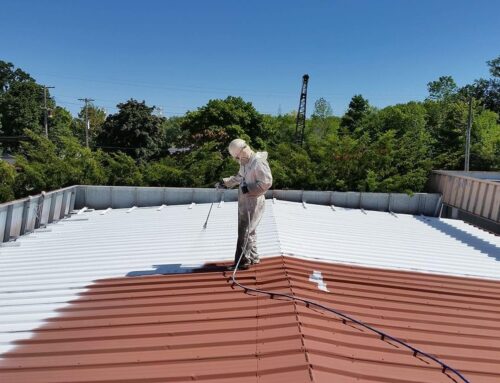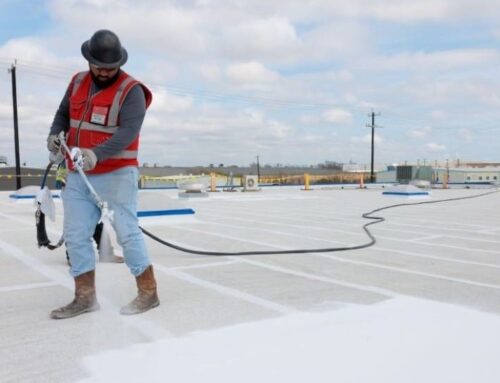Shingle colors can have a significant impact on a roof’s energy efficiency. Your attic temperatures can swing by as much as 20 to 40 degrees, which can increase energy consumption by a considerable 20%.
Black Vs. White
Black-shingled roofs generally get 10-15 degrees warmer than white-shingled roofs on sunny days. During the evening, though, black-shingled roofs lose heat faster than white-shingled ones. Both black- and white-shingled roofs show similar nighttime temperature profiles. The color heat absorption dictates peak roof sheathing temperatures.
Summer Colors
A light-colored roof absorbs less heat through the roof during summertime. As a result, your air conditioner runs better, uses less energy and lowers utility bills. In contrast, a dark-colored roof will most likely heat your home’s highest rooms. Your cooling system works harder to compensate for the extra heat, thus causing your bills rise.
Winter Shades
In winter, though, the reverse holds true. A dark roof brings in more desired heat from the sun than a light roof. Thus, dark roofs are an advantage in colder climates with long winters and short summers. Seek the advice of your residential roofing contractor for the ideal roof color in your area.
Don’t Blame It on Color Alone
Roof color alone doesn’t affect home temperature and energy efficiency. The roofing material also determines how reflective your roof is. For example, asphalt shingles are less reflective than metal or rubber roofing materials. Therefore, light-colored asphalt shingles may absorb more heat than a dark-colored metal roof.
Roofing is a long-term balance between aesthetic appeal and energy efficiency. Consider both shingle color and energy efficiency in residential or commercial roof construction.





